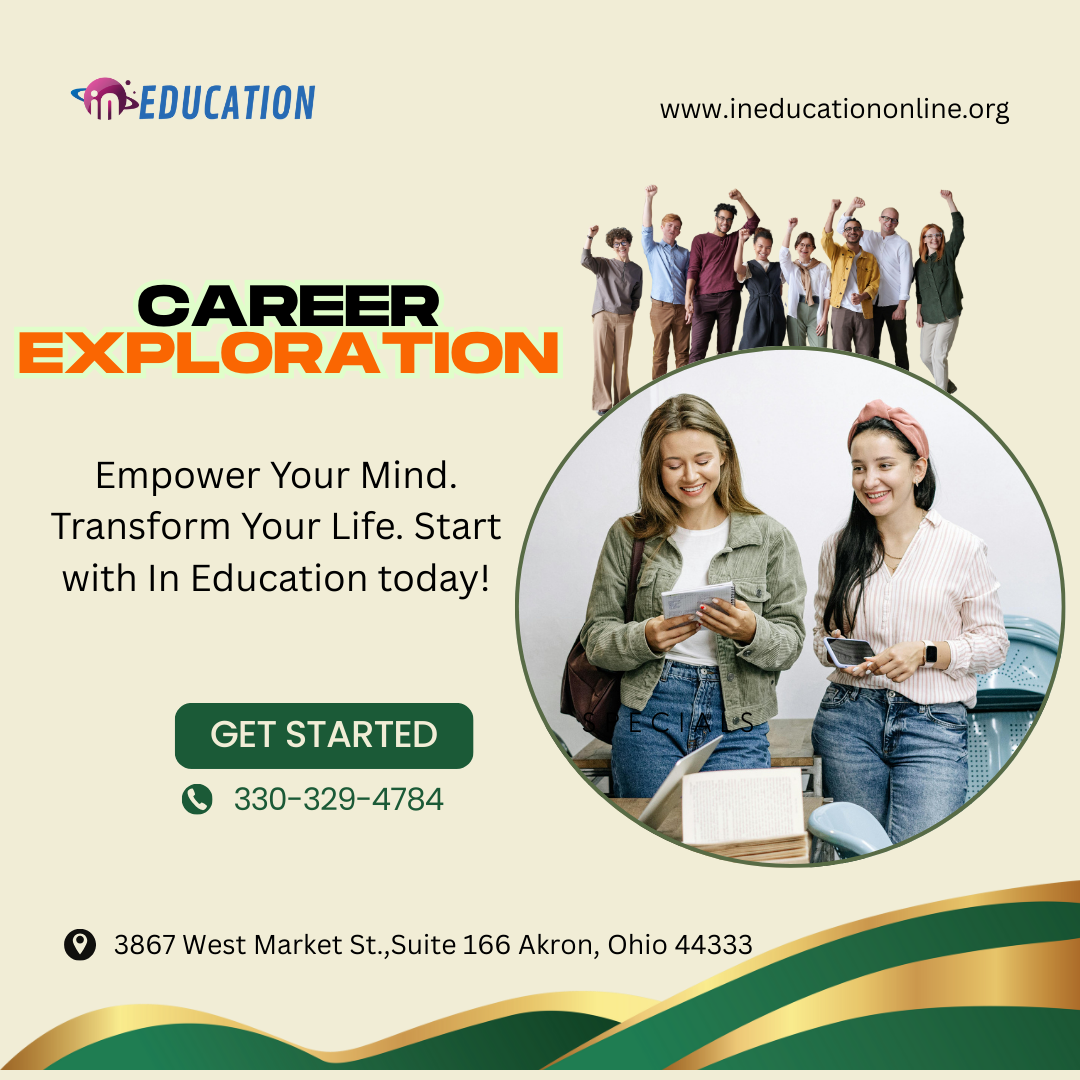As students approach graduation, one of the biggest questions they face is: What’s next? Whether it’s heading to college, entering the workforce, joining a trade program, or taking a gap year, the pressure to make the "right" decision can feel overwhelming. Career exploration is a powerful process that helps students understand themselves, discover their interests, and make informed choices about their future. When introduced early and guided effectively, it becomes more than just choosing a job—it becomes a journey of self-discovery that leads to confidence, clarity, and purpose.
What Is Career Exploration?
Career exploration is the process of learning about various occupations, industries, and pathways to determine what aligns best with a student’s skills, values, and interests. It goes beyond simply asking, “What do you want to be when you grow up?” Instead, it provides the tools and experiences to explore different options, reflect on personal strengths, and plan actionable steps toward long-term goals.
Why Career Exploration Matters
1. Promotes Self-Awareness
Before students can choose a career path, they need to understand who they are. Career exploration encourages students to assess their:
- Strengths and talents
- Interests and passions
- Personality traits
- Preferred work environments
- Lifestyle goals
This self-awareness lays the foundation for selecting career paths that feel meaningful and sustainable.
2. Reduces Decision-Making Anxiety
The pressure to make life-altering decisions at a young age can lead to stress and indecision. By engaging in career exploration activities, students learn that career paths are flexible, that interests evolve, and that they don’t need to have everything figured out by graduation.
3. Informs Education and Training Choices
When students have a clearer idea of their career goals, they’re more likely to:
- Choose relevant high school courses or electives
- Select a college major or trade that aligns with their interests
- Seek internships or part-time jobs that offer real-world experience
- Invest in certifications or programs that support their career trajectory
This focus helps avoid wasted time, money, and energy on paths that don’t fit.
4. Opens Doors to Opportunities
Many students are only aware of a small range of jobs (e.g., doctor, teacher, lawyer). Career exploration introduces them to a broader world of options—such as:
- Emerging careers in tech, sustainability, or design
- Trades and vocational opportunities
- Entrepreneurship and creative industries
- Public service, non-profits, and more
Exposure to these paths can ignite passion in areas students hadn’t previously considered.
5. Builds Career-Readiness Skills
In addition to discovering job options, career exploration teaches essential life skills, including:
- Research and decision-making
- Communication and networking
- Resume writing and interview prep
- Goal setting and time management
These transferable skills help students succeed regardless of the career they ultimately choose.
How Students Can Start Exploring Careers
1. Self-Assessment Tools
Online tools like the Myers-Briggs Type Indicator (MBTI), Holland Code (RIASEC), or O*NET Interest Profiler help students reflect on their preferences and match them with career options.
2. Career Fairs and Guest Speakers
Schools can host career days or invite professionals to speak about their work, providing students with real-life insight into different industries.
3. Job Shadowing and Internships
Hands-on experience is one of the best ways for students to understand the day-to-day realities of a job and whether it suits them.
4. Career Counseling
School counselors and career coaches offer guidance, resources, and personalized support to help students plan their next steps.
5. Online Exploration
Websites like BLS.gov, CareerOneStop, or Roadtrip Nation provide in-depth career profiles, videos, salary info, and more.
Final Thoughts
Career exploration isn’t about having all the answers right away—it’s about asking the right questions, learning from experience, and staying open to possibility. The earlier students begin exploring, the more confident and prepared they’ll be when it’s time to make decisions about life after school.
By empowering students to connect their strengths with potential careers, we’re not just helping them choose a job—we’re helping them design a life that’s aligned with who they are and what they care about.





Comments